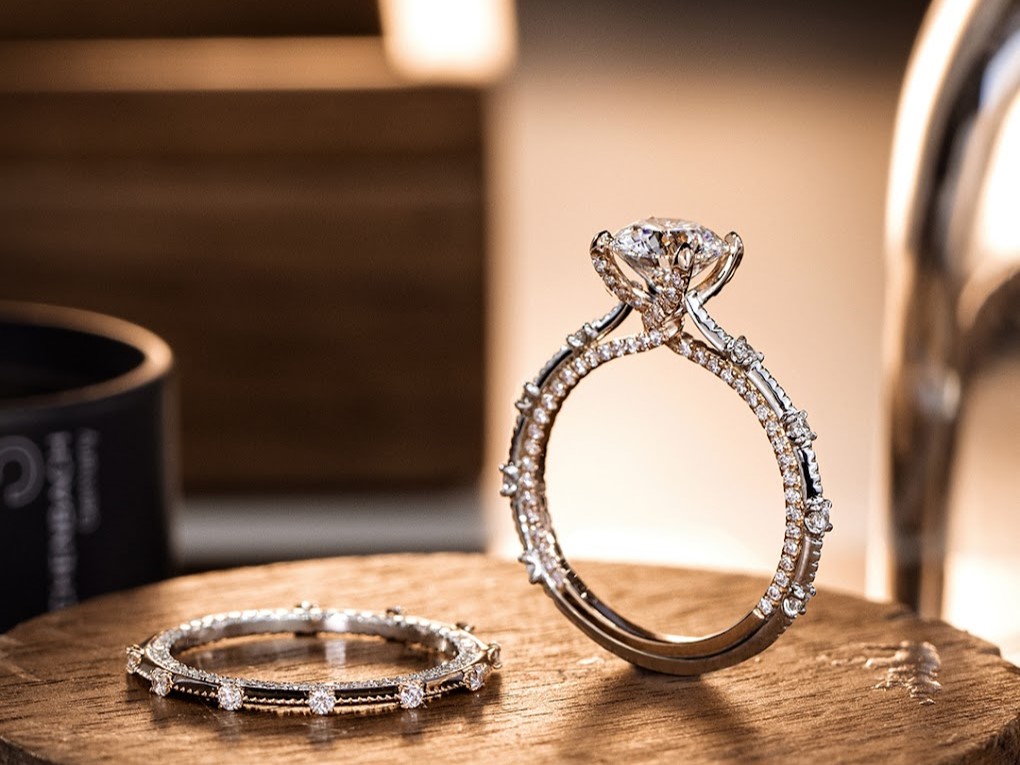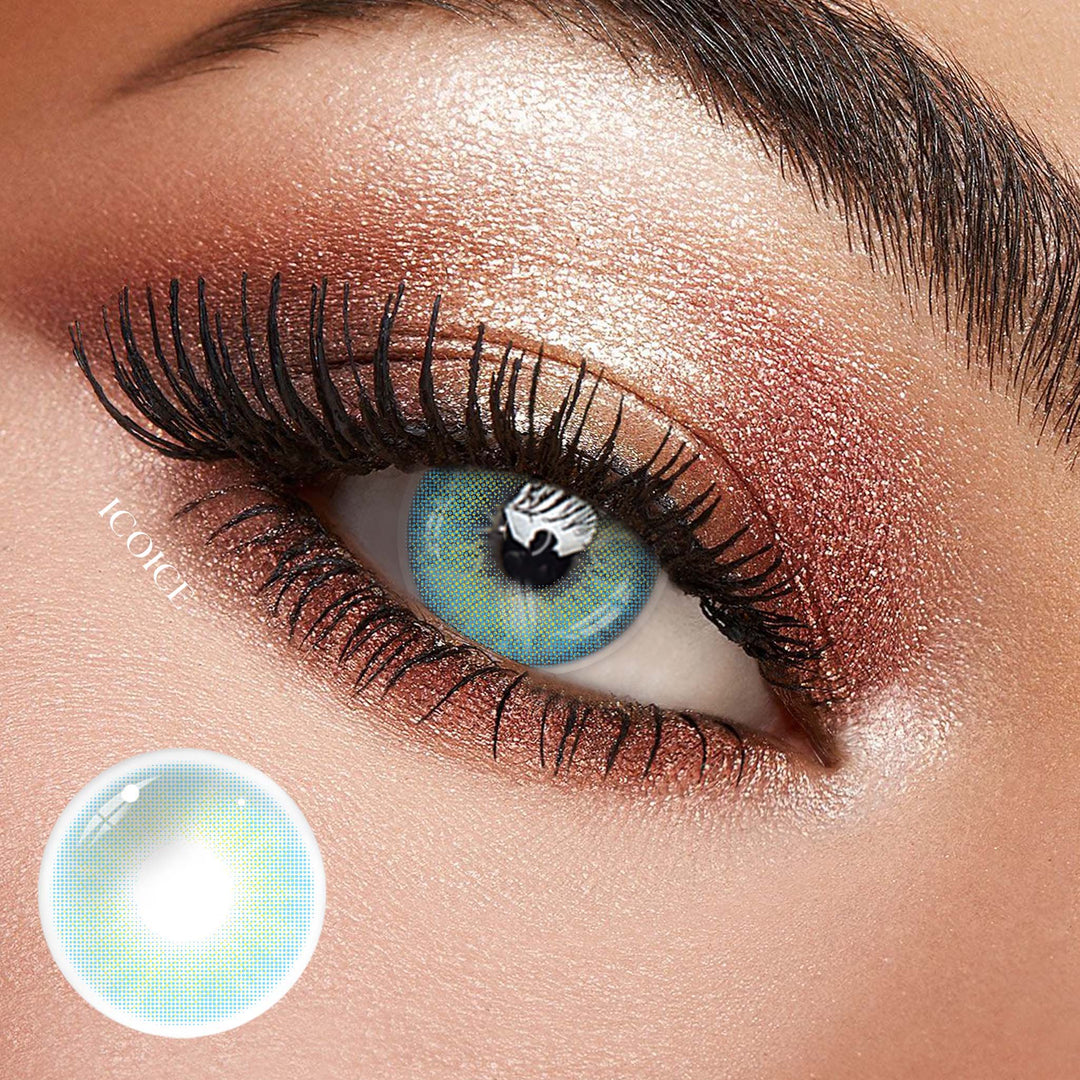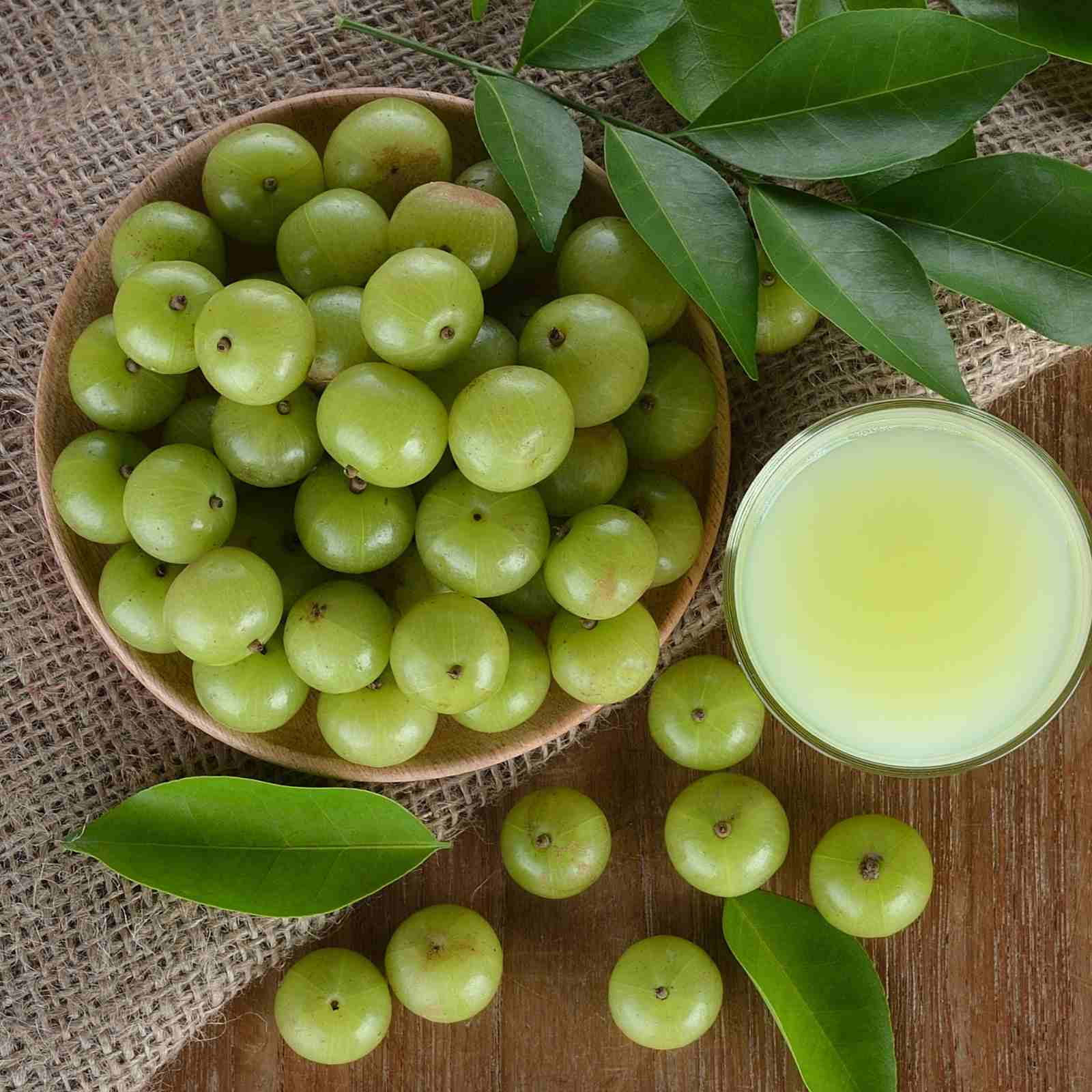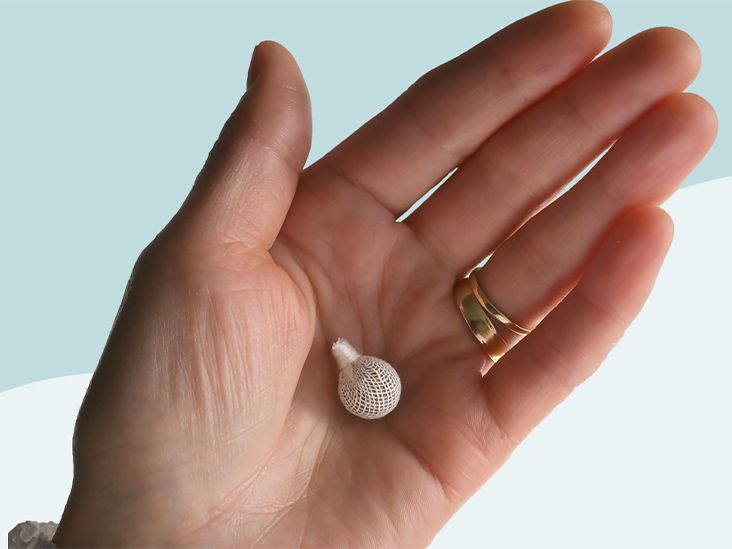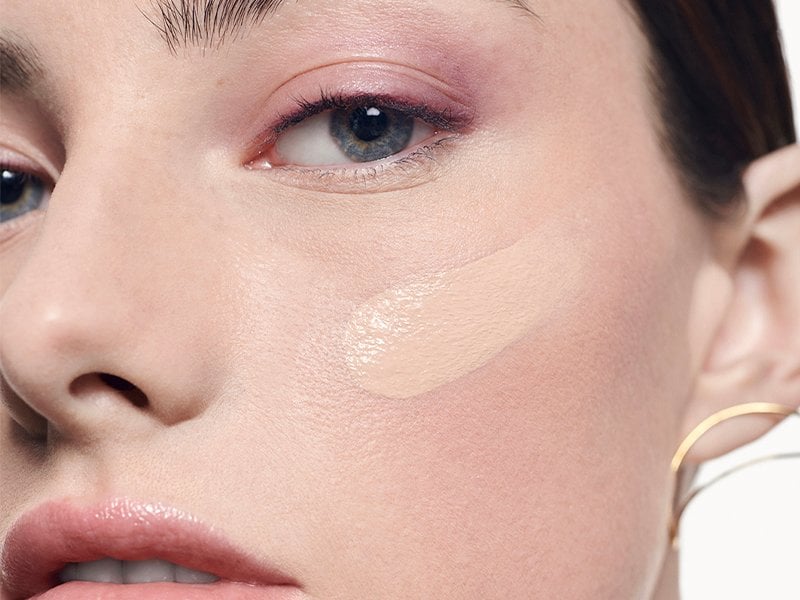When it comes to choosing the perfect gemstone for jewelry, particularly engagement rings, the debate often revolves around two popular options: diamonds and moissanites. Both stones have unique qualities, but their differences can have a significant impact on both appearance and value. Understanding the distinctions between diamond vs moissanites can help you make an informed decision based on your preferences, budget, and desired qualities in a gemstone.
Table of Contents
What Is a Diamond?
Diamonds have been revered for centuries for their timeless beauty and durability. Formed under extreme heat and pressure deep within the Earth’s mantle, diamonds are composed of pure carbon. This process makes them one of the hardest known materials on the planet, achieving a rating of 10 on the Mohs scale of hardness. A diamond’s brilliance is mainly attributed to its unique ability to refract light, resulting in a sparkling effect that is unmatched by most other gemstones.
The classic appeal of diamonds is deeply ingrained in cultural and societal norms, often symbolizing eternal love and commitment. While diamonds come in a range of colors and clarities, their rarity and labor-intensive mining process contribute to their often high price point. Despite this, diamonds remain the first choice for many looking for engagement rings or fine jewelry, in large part due to their symbolism and long-standing tradition.
What Is Moissanite?
Moissanite is a gemstone that was first discovered in 1893 by French chemist Henri Moissan. Originally found in a meteorite, this rare mineral is composed of silicon carbide. Though it was initially thought to be a form of diamond, scientists later discovered that it is a completely different material with its own unique properties. Moissanites are lab-created today, ensuring they are sustainable and ethically sourced, unlike many diamonds that are mined from the Earth.
One of the key qualities that distinguish moissanite from diamonds is its brilliance. While both stones are incredibly sparkly, moissanites actually have a higher refractive index than diamonds, making them appear even more brilliant and fiery. Moissanites are also known for their durability, although they are slightly softer than diamonds, ranking 9.25 on the Mohs scale. Despite this, moissanites are still quite hard and resistant to scratching, making them a viable option for everyday wear.
Diamond vs Moissanite: Appearance Differences
When comparing diamond vs moissanite, the appearance of each gemstone plays a major role in the decision-making process. While both diamonds and moissanites exhibit brilliance, the sparkle of a moissanite tends to be more pronounced. Moissanites have a higher refractive index than diamonds, meaning they reflect more light, resulting in a noticeable rainbow effect. This makes moissanite appear more colorful, while lab grown diamonds tend to show a more classic white brilliance.
However, the difference in sparkle between the two stones is subtle and may not be immediately noticeable to the untrained eye. For many, the preference between diamond vs moissanite often comes down to personal taste. If you are looking for a more traditional, understated look, diamonds may be the better option, but if you prefer a more vibrant, fiery sparkle, moissanite could be the perfect fit.
Durability: Diamond vs Moissanite
Both diamonds and moissanites are incredibly durable gemstones, but they have slightly different properties when it comes to toughness. Diamonds are the hardest known substance on Earth, ranking 10 on the Mohs scale. This makes them exceptionally resistant to scratches and abrasions. A diamond’s durability is one of the reasons it has been historically favored for engagement rings, which are worn daily.
Moissanites, on the other hand, are slightly softer, with a rating of 9.25 on the Mohs scale. While this makes them more prone to scratching than diamonds, they are still very durable and suitable for everyday wear. Moissanites are highly resistant to heat and pressure, making them a tough and long-lasting gemstone, though they may not withstand the same level of abuse as diamonds in extreme conditions.
Cost Comparison: Diamond vs Moissanite
One of the biggest differences between diamond vs moissanite is the price. Diamonds, particularly high-quality ones with excellent cut, clarity, and carat weight, can be extremely expensive. The rarity of diamonds and the labor-intensive mining process contribute significantly to their high cost. Additionally, diamonds often come with a higher markup due to brand names and certification fees.
Moissanites, being lab-created, are much more affordable than diamonds. The production process is far less expensive, and because they are not rare or difficult to source, the cost is significantly lower. For those on a budget or looking for a more cost-effective option, moissanites offer a beautiful and durable alternative to diamonds, making them an attractive option for engagement rings or other fine jewelry.
Ethical Considerations: Diamond vs Moissanite
When considering diamond vs moissanite, ethical concerns are an important factor for many buyers. The diamond industry has faced criticism over the years due to its association with unethical mining practices, including human rights abuses and environmental damage. While many jewelers now offer conflict-free diamonds, concerns about the ethics of diamond mining persist.
Moissanites, however, are lab-grown gemstones, meaning they do not contribute to the environmental and human rights issues associated with diamond mining. Choosing moissanite over diamond can be an appealing option for those who want to make a more ethical choice without compromising on beauty or durability.
Conclusion: Which Is Right for You?
Ultimately, the decision between diamond vs moissanite depends on your preferences, budget, and ethical considerations. If you want a gemstone that has been revered for centuries and are willing to pay a premium for its rarity and symbolism, a diamond may be the perfect choice. However, if you are looking for a more affordable and ethically sourced option that still offers exceptional brilliance and durability, moissanite is an excellent alternative.
Both diamonds and moissanites are stunning gemstones in their own right, and either choice will make a beautiful addition to your jewelry collection. Consider your priorities and choose the gemstone that best aligns with your values and desires.

